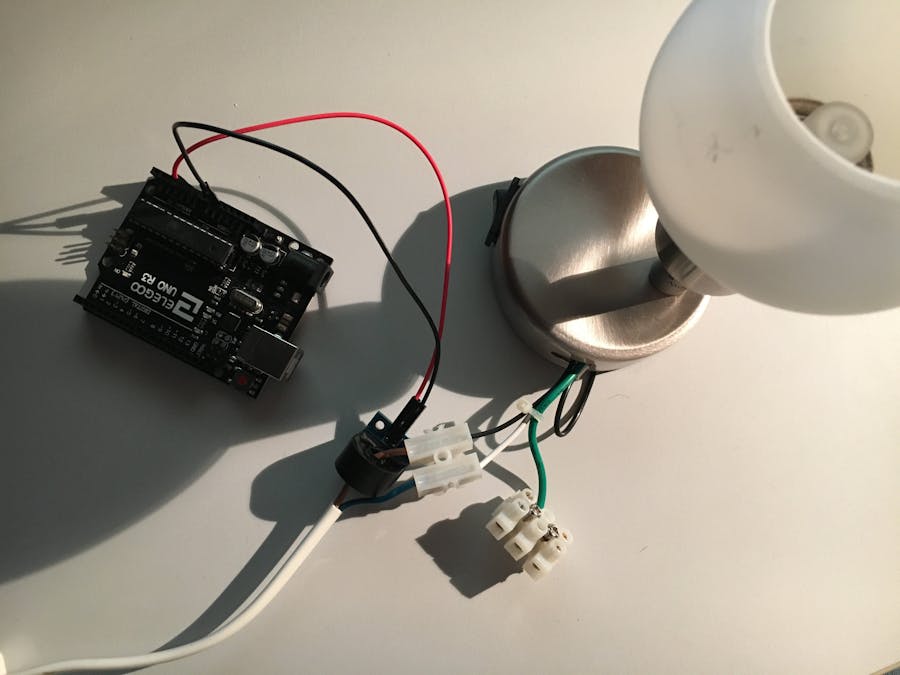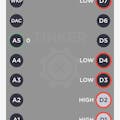I have to admit the use of an AC Current Sensor is not quite clear - maybe I should retire for the evening relaxation with beer and hard beats - but I share in this article still quickly with you my first steps with a sensor, which I cheap in the Far East related.
The description in full name: "5A range of single-phase ac current sensor module". This is revealed to me from the use: only one phase of another circuit can be monitored here.
At this point it should be mentioned that you - even in this example with a standard lamp - a life-threatening risk of voltage since! Dangerous voltage present!
Unfortunately, the 5 mm diameter hole is consistently too small to carry fully insulated cables. Also, the black bow with its magic is firmly soldered to the breakout board, so you can not put it over a cable guide.
Follow this information for the magic: ZMCT103C
Have also found a hinged version at a large online retailer, so that even larger diameters have to be measured in the diameter and, above all, they do not have to be severed beforehand: the model is SCT-013.
Therefore, I took the example of a lamp, which I had at hand and whose cable I could cut open.
Schematic:5V DC Voltage between AC sensor and Arduino: G > GND and S (Signal) > A0, Lamp circuit is independent of it: 220V (Europe).
No matter which cable (brown or blue) and no matter which cable direction (from left or right) I chose: the measurement results on the serial monitor always led to identical measurements. On other AC models, sometimes an arrow for the directional guidance of the cable is indicated: this had no influence in my structure.
Once the power supply to the lamp is established, the Serial Monitor will continue to display the measurements.
If both cables were run simultaneously or DC voltage, then no measurement results were displayed.
In search of a suitable documentation, I have been forwarded at least 2 websites to the purchased item: lctech-inc.com and chinalctech.com In the professional area you will find alternatives from controleverything.com (which works also with the Particle Products).
Conclusion:Unfortunately I can not judge the values. I recommend you for a first impression this cheap sensor, which can certainly be used as a trigger for another action. I am not sure if I would trust this sensor with higher voltages. Here is the additional alternative from Henry Benchs block: the aforementioned TA12-100.
This evening was quite loaded tension and that without music. Coming AC/DC.
Does anyone have an idea for a use in the private environment? For my lamp I know that even without AC sensor, when it is turned on.




_ztBMuBhMHo.jpg?auto=compress%2Cformat&w=48&h=48&fit=fill&bg=ffffff)



Comments
Please log in or sign up to comment.